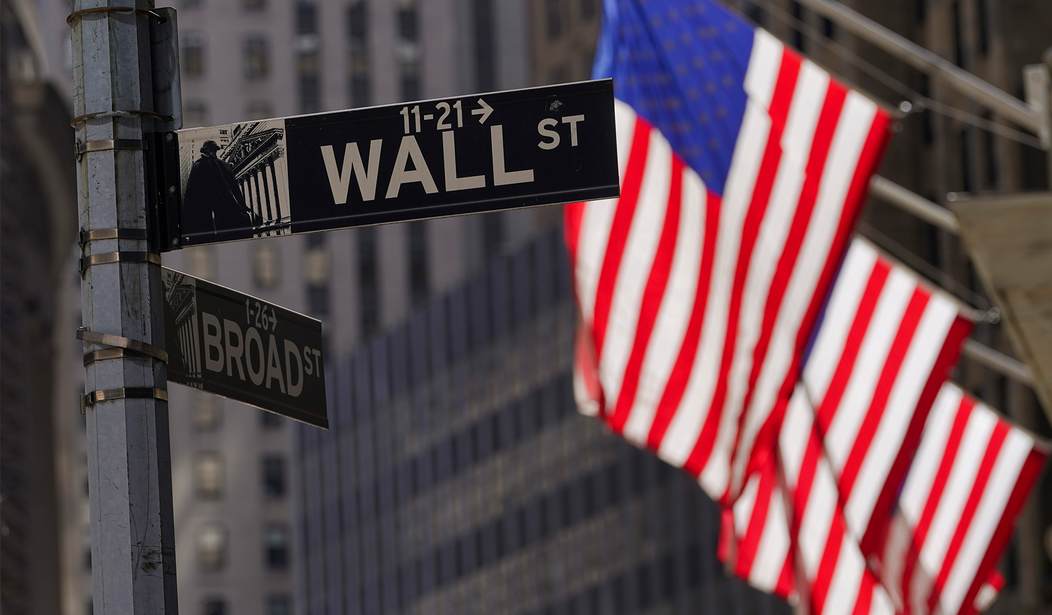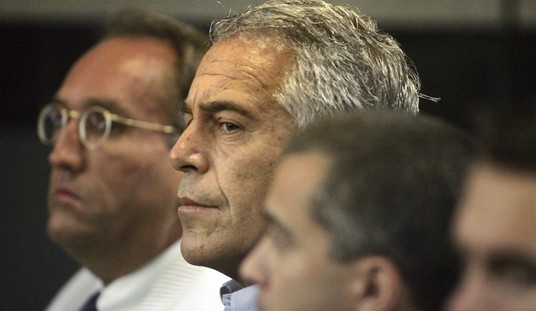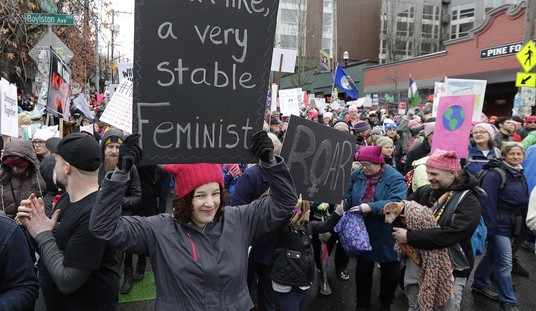The economy continues to cool down, according to new data from the Bureau of Labor Statistics.
Inflation rose 4.9 percent year-over-year in April, cooling slightly from 5 percent in March, according to the BLS numbers released Wednesday morning. Those numbers, which come from the Consumer Price Index, are largely in-line with expectations.
The bad news? Core CPI – which excludes volatile food and energy prices – rose almost half a percent from March to April, with those numbers being up to 5.5 percent over a year ago. Core CPI was around 5.1 percent in March.
For the most part, Wall Street is feeling good about the numbers.
Markets reacted positively to the news, with futures turning positive as Treasury yields were lower.
Inflation has been persistent despite the Fed’s efforts to bring down prices. Starting in March 2022, the central bank has enacted 10 consecutive interest rate increases totaling 5 percentage points, taking benchmark borrowing rates to their highest level in nearly 16 years.
The CPI reading has cooled considerably since peaking out around 9% in June 2022. However, inflation still has held well above the Fed’s 2% annual target.
The numbers come as Wall Street frets over whether or not the Federal Reserve will continue raising interest rates. It’s a discussion the Fed has been having, though they did ultimately raise rates earlier this month by another 25 basis points. That puts the interest rate between 5 and 5.25 percent, which is a 16-year high.
Here’s a breakdown of the economic news, via the Wall Street Journal:
Stock futures edged higher. S&P 500, Dow industrials and Nasdaq-100 futures, which had been lower earlier, turned positive after the CPI report. Contracts tied to the Russell 2000 outperformed, jumping 1.7%.
Bond yields edged lower. The 10-year Treasury yield slipped to 3.509%, from 3.520% Tuesday.
Overseas markets fell. The Stoxx Europe 600 slipped. The Shanghai Composite Index, Hang Seng and Nikkei 225 ended lower in Asia.
Oil markets retreated. Brent-crude futures fell 1% to $76.64 a barrel. The weekly Energy Information Administration report on supply and demand is due at 10.30 a.m.
One of the biggest surges in consumer prices, however, is in used cars. The index for used cars and trucks rose 4.4 percent from March. That’s the first monthly increase in nearly a year, and it’s the largest jump since mid-2021.
But the cause of inflation has been shifting since it hit its high of 9.9 percent in June. Originally, supply chain issues and high commodity prices were leading the way. More recently, however, sustained demand for workers has been one of the main culprits. A hot jobs market and increasing wages were contributing factors.
Last week, the BLS jobs report showed hotter-than-expected job growth. The U.S. economy saw 253,000 jobs created in April – much higher than the expected 180,000 economists were predicting heading into Friday’s report.
As a result, the unemployment rate has dipped to 3.4 percent, down from 3.5 percent in March. A jobs report like that, coupled with inflation still hovering near 5 percent, could keep pressure on the Fed to increase rates at least one more time before pausing.













Join the conversation as a VIP Member